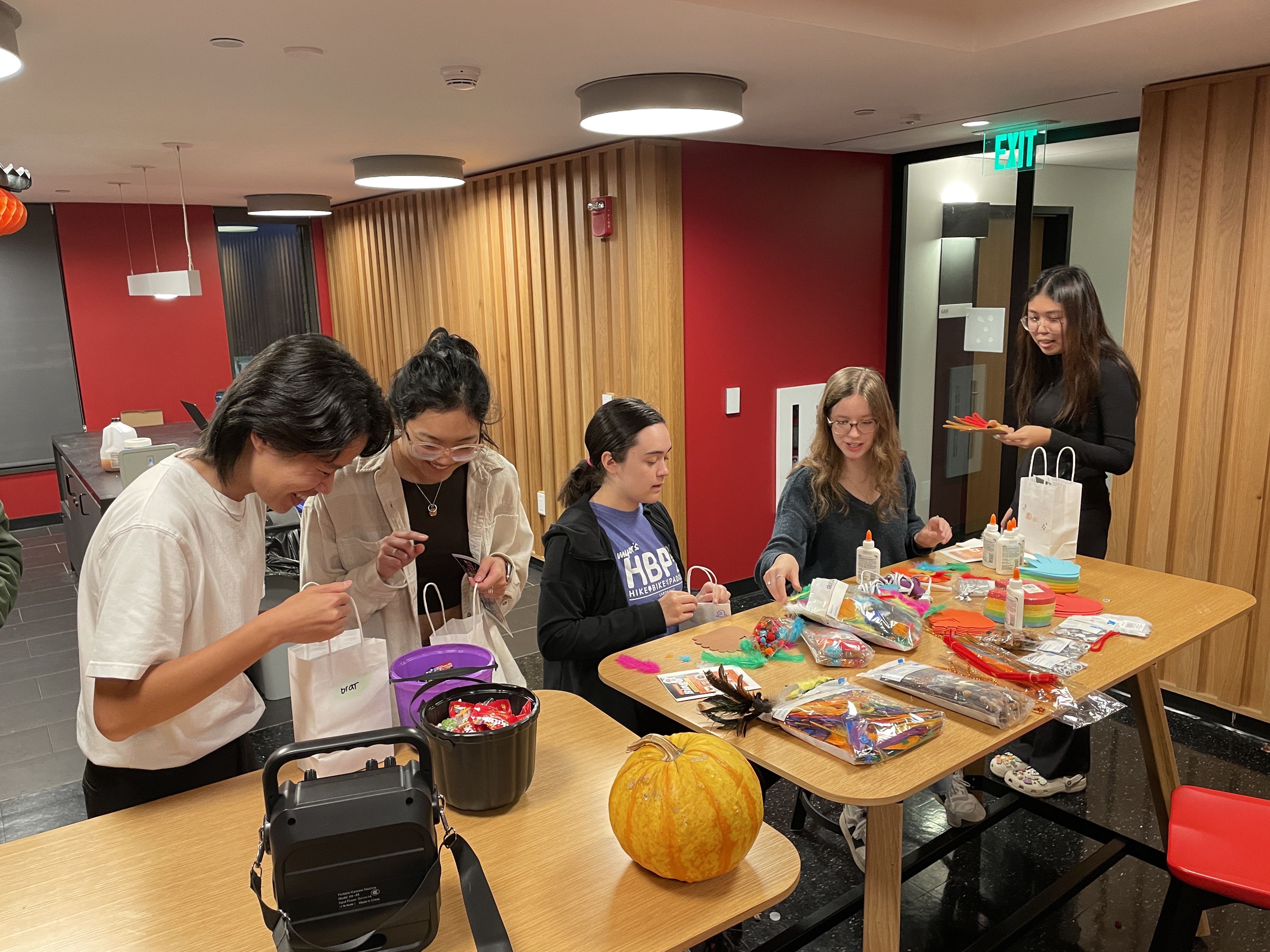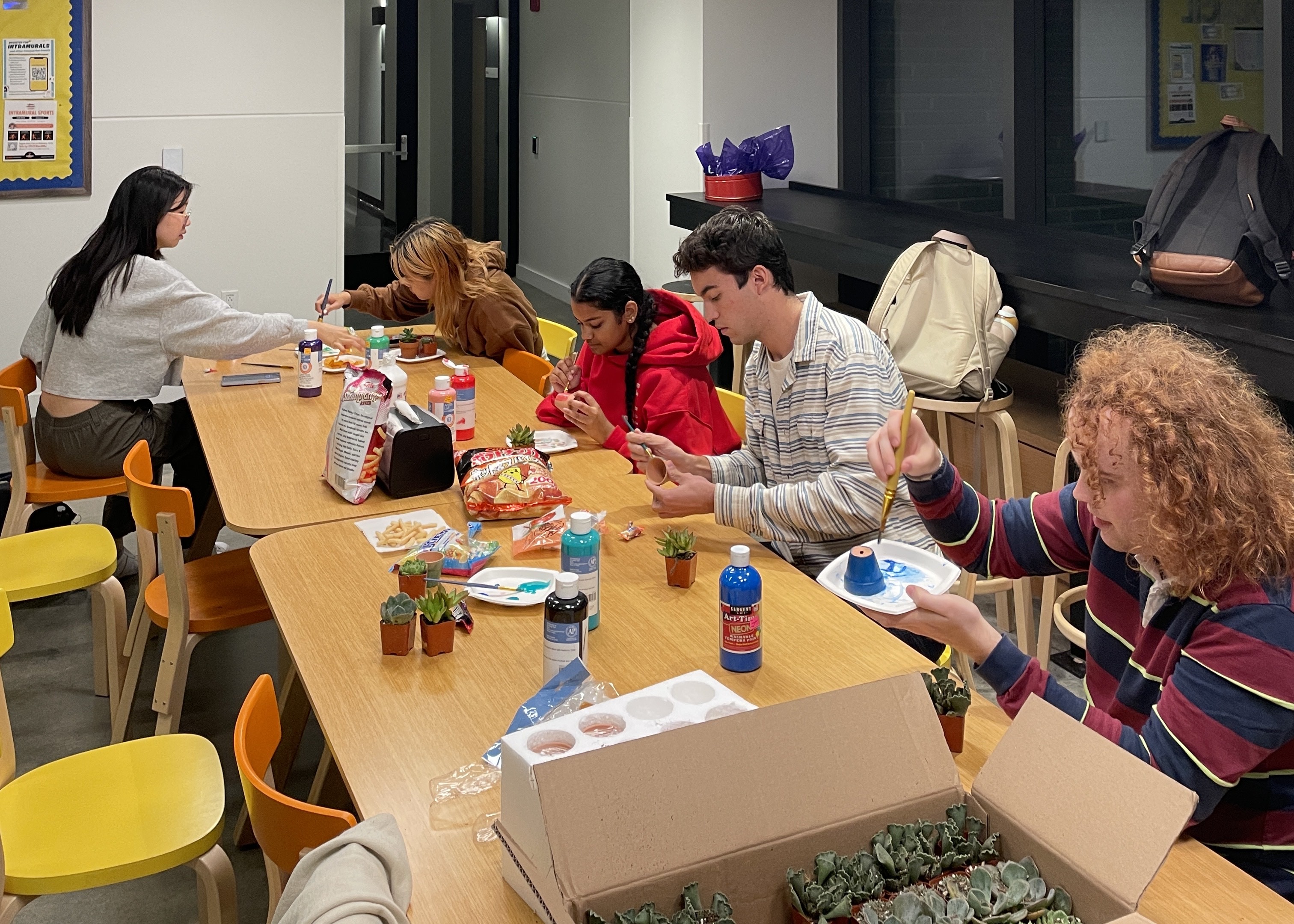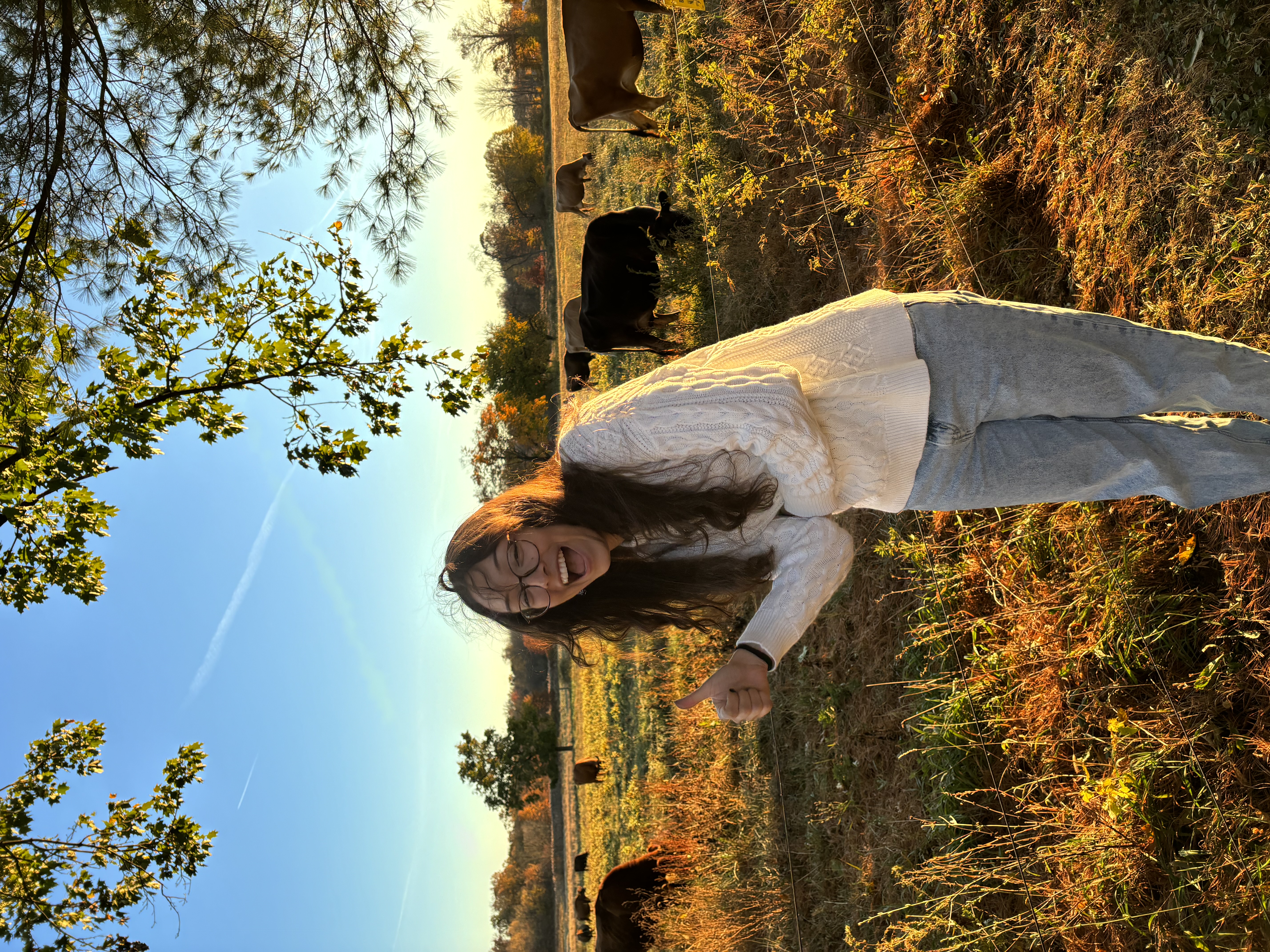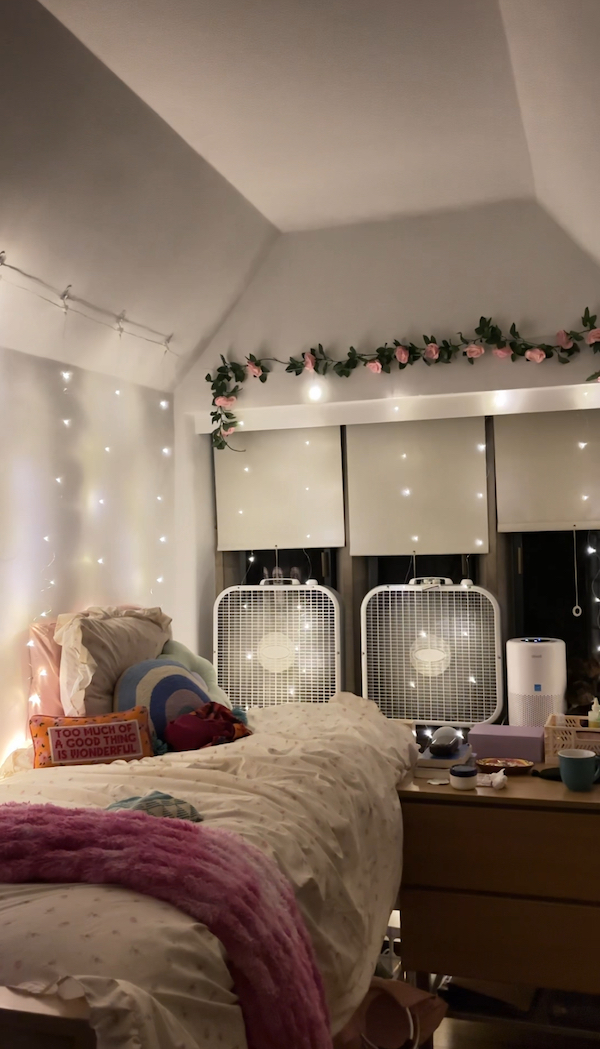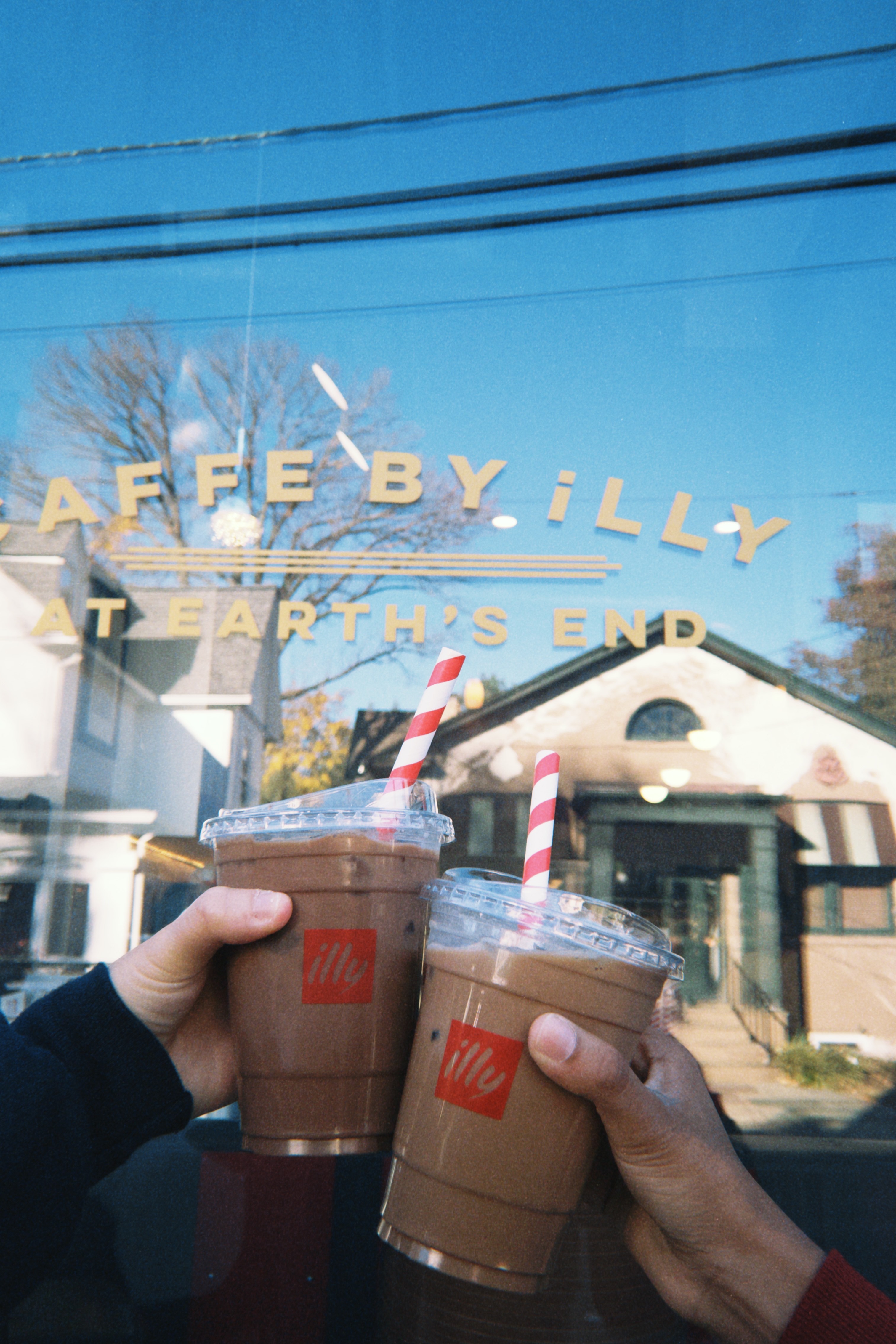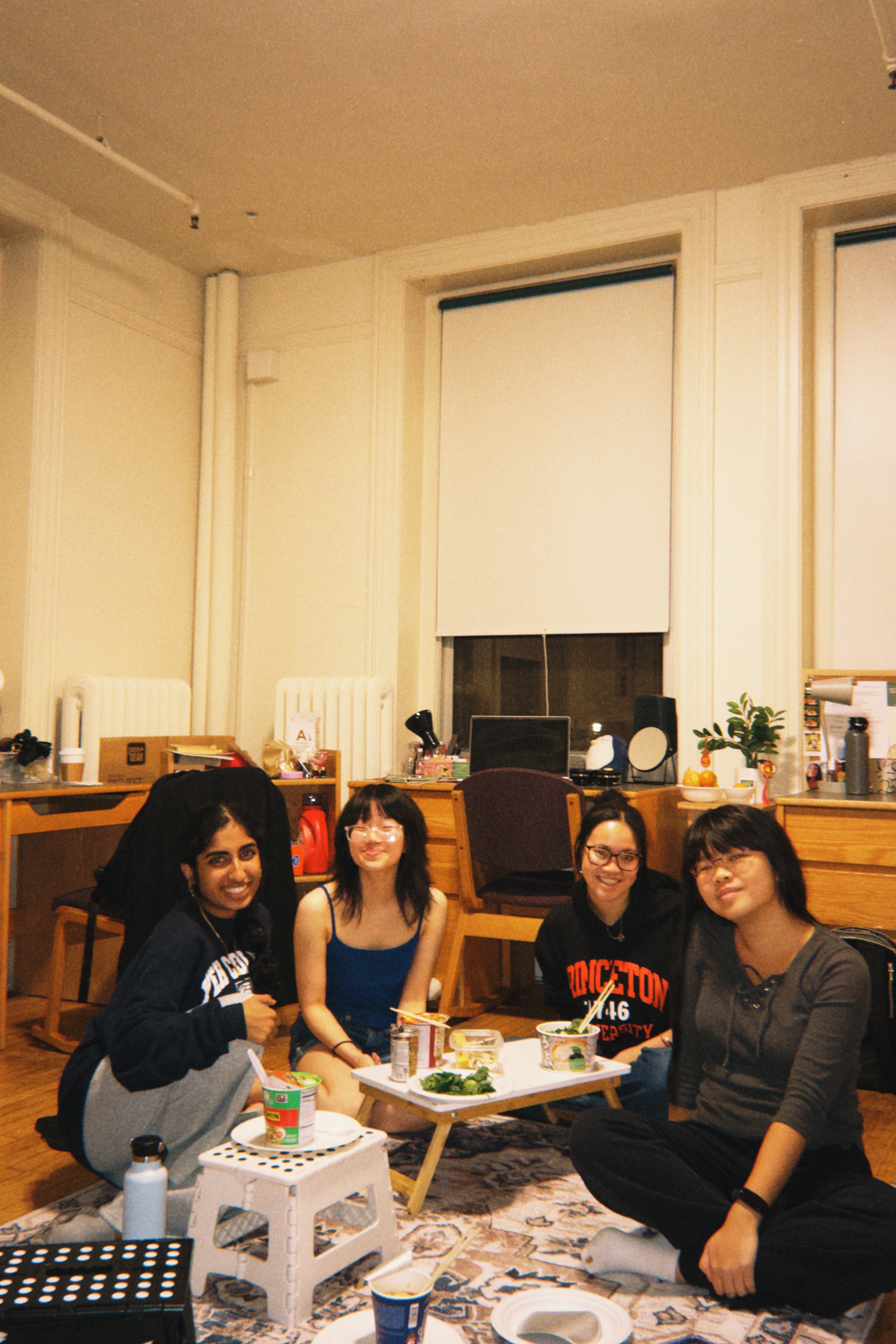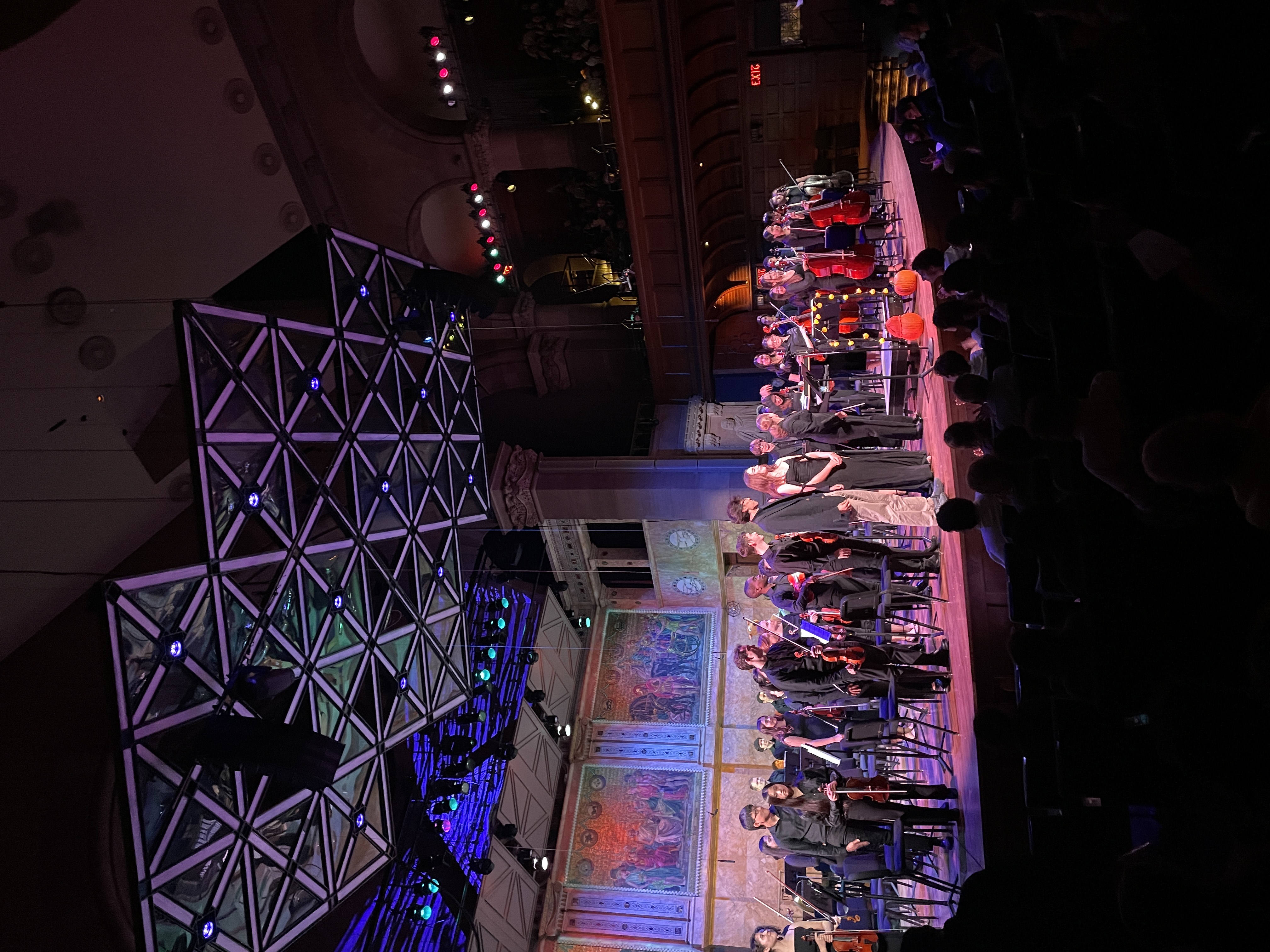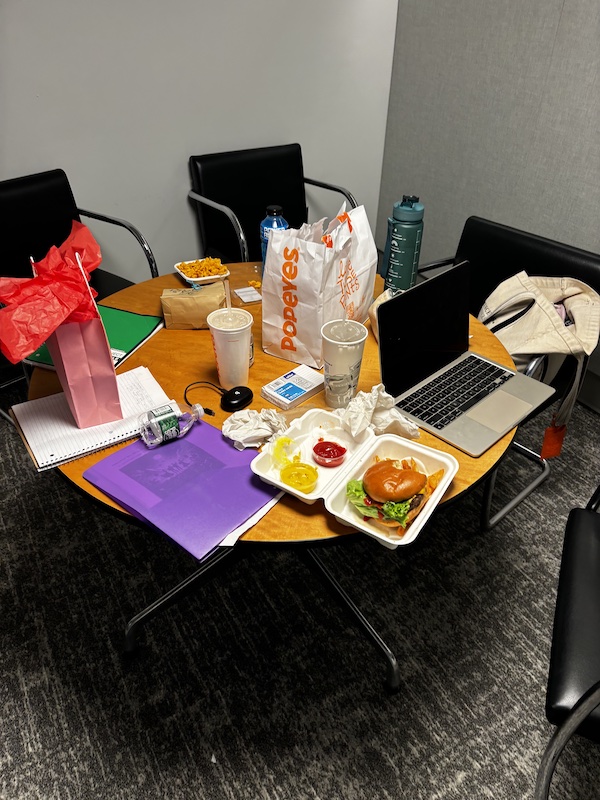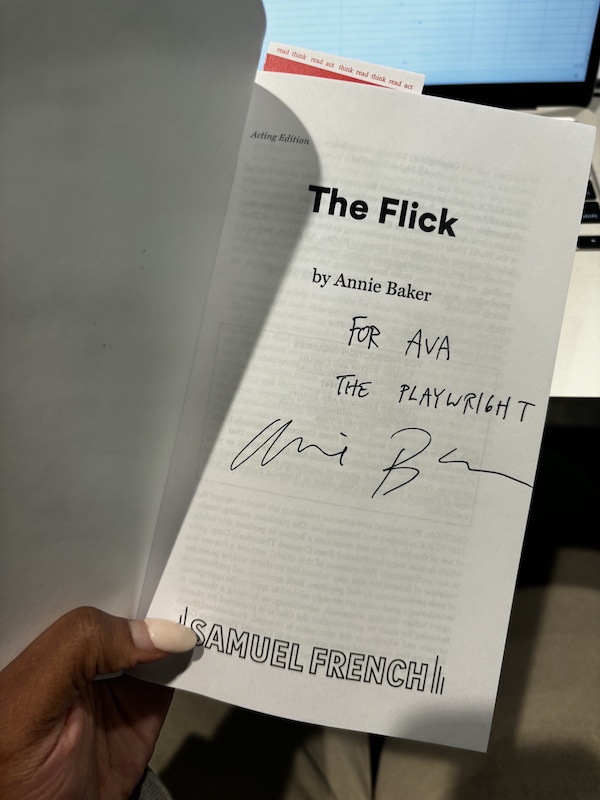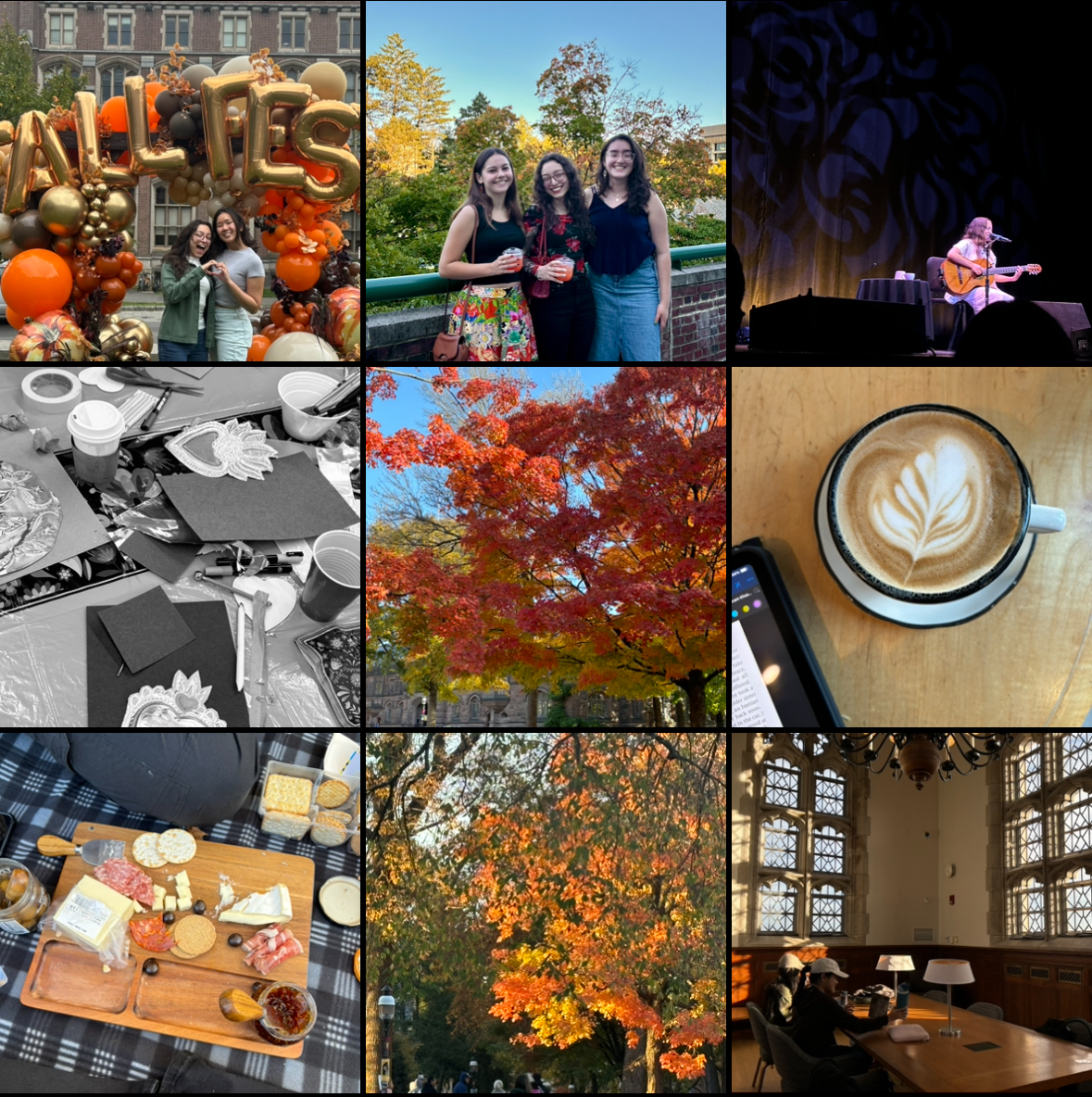I will not be the first, nor the last to say this: Welcome to Princeton, congratulations! You should be incredibly proud of yourself, your hard work and dedication to school, and your journey up until this point. The Tiger community can’t wait to see you at “the best old place of all.”
As a bit of a side note for those reading this that did not get in or are hoping to in the future: just know that everyone’s journey is different and ‘success’ isn’t bound to getting into somewhere or not. Make the most of whatever situation you find yourself in and the world will be your oyster!
For those of you who will be coming to Princeton next year as the great class of 2029, you have a lot to look forward to! This includes so many things—lookout for future blogs or check out ones written by my peers—including but not limited to: Academics - famous professors, research opportunities, and cool classes; Social - student organizations/events/shows, school sports, or Eating Clubs; Professional - access to alumni, networking/info sessions, and unique opportunities.
Before then, however, you may be wondering: “I got in, but now what?” I definitely went through this when I opened my decision in December 2021. From what I can recall, the process of matriculating was very smooth so long as you read the emails the university sends. Basically, just make sure all of your paperwork, forms and eventually AP/IB exam results are sent in.
Some time after the regular decision results come out, you will be invited to meet other admitted students and alumni near your geographical area. I am from Sarasota, Florida and there were five students admitted from Southwest Florida so we met via Zoom (it was also 2022). Some of my friends from NYC and LA have told me that they went to much larger in-person gatherings, so it really depends. Regardless, it is a great opportunity to connect with future peers or alumni who may be open to mentoring you!
Speaking of meeting other students, Princeton Preview is a great place to meet other kids who got into Princeton. This happens in the spring after regular decision results come back, so one advantage to getting in early is that you can plan travel a little better (I enjoyed this perk haha). Take full advantage of meeting prospective students, or meeting up with others you’ve met online beforehand. I’m sure they have unofficial Instagram pages where you can send a profile for someone to post (I didn’t do this and definitely don’t pay money—that a scam). The official class of 2029 Instagram made by Princeton is a good place to start following other kids. I also joined Facebook and Discord groups since there was some good information about rooming. That said, it doesn’t really matter if you meet peers online beforehand since the orientation events once you get here are amazing.
While this has been a really brief overview of what happens after you get into Princeton, I hope it was somewhat helpful. I would say the most important thing right now to do is: enjoy the time you have left in high school and don’t slack off (for the most part). If you have any questions about this transition or want some advice from my experience, feel free to send me an email, thomas.danz@princeton.edu!
I can’t wait to see you on campus. Welcome to Princeton!







